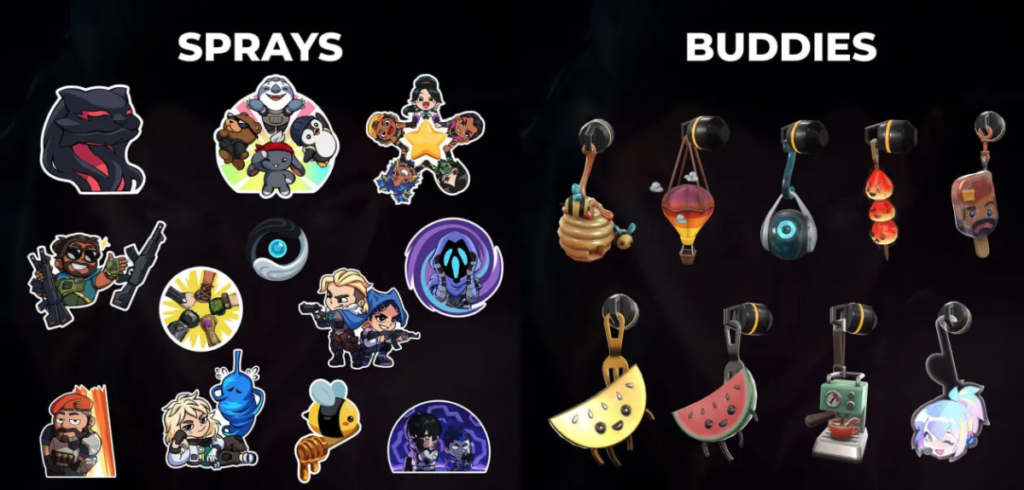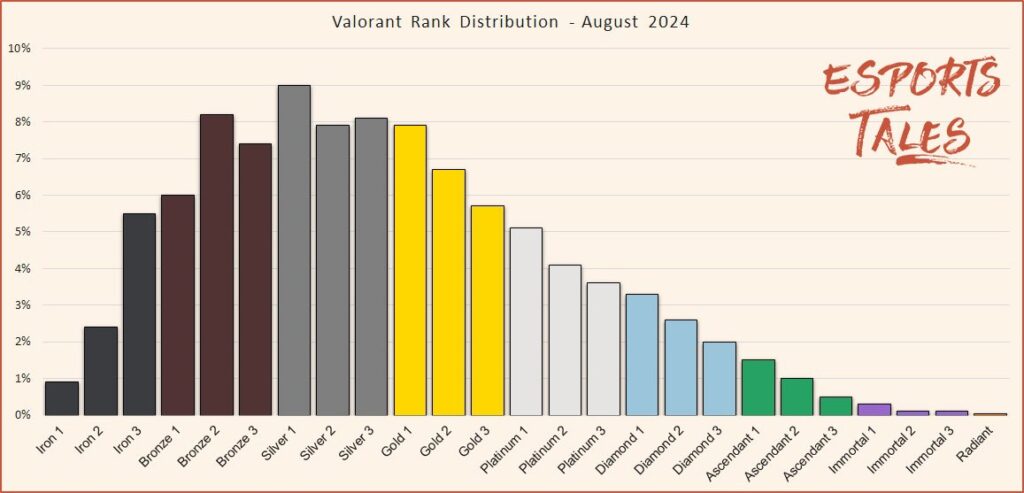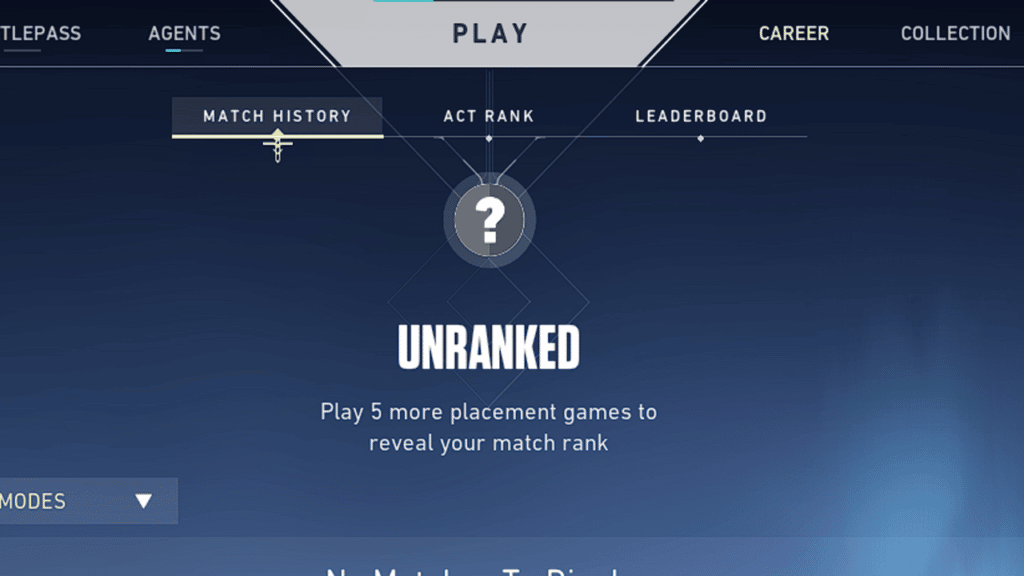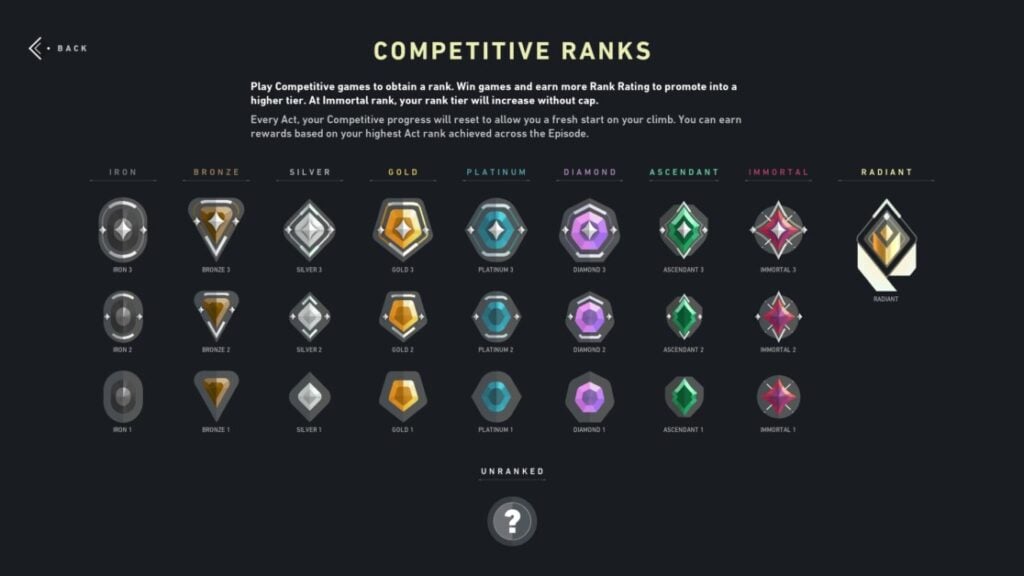Ever curious about how Valorant ranks players? The system is complex, but we’re about to break it down. You’ll learn how players are spread across different skill levels and what rewards they get. We’ll also explore Turboboost.gg Valorant boosting service, which can help you climb the ranks.
What are Valorant Ranks?
Valorant, a tactical shooter by Riot Games, has a detailed ranking system. It divides players into different tiers based on their skill. This system is key for tracking progress, competing with similar skill levels, and aiming for the top Radiant rank.
Overview of Valorant’s Ranking System
The Valorant ranking system has many tiers, each with sub-tiers. Players start at Iron and can move up through Bronze, Silver, Gold, Platinum, Diamond, Ascendant, and Immortal. The highest rank is Radiant.
List of All Valorant Ranks
- Iron
- Bronze
- Silver
- Gold
- Platinum
- Diamond
- Ascendant
- Immortal
- Radiant
Each tier has three sub-tiers. This lets players track their progress and see how they’ve improved. The system matches players against those with similar valorant ranks. This ensures fair and competitive games that push players to get better.
“The Valorant ranking system is a testament to Riot’s commitment to creating a competitive and engaging experience for players of all skill levels.”
Valorant Act Rank and Rewards

You earn an “Act rank” for each competitive season in Valorant. This rank is based on your best win in that Act. It decides the rewards you get at the end of the Act.
These rewards include cool cosmetic items, gun skins, and more. They give you a reason to improve your rank and show off your skills.
When each Act ends, you get rewards based on your Act rank. The better your rank, the more awesome the rewards. These rewards make your game look better and show off your achievements.
It’s important to keep an eye on your Act rank and aim for the top. This not only gets you cool rewards but also shows your growth and skill to others. The rewards system lets you see how far you’ve come and be proud of your achievements.
Whether you’re new or experienced in Valorant, the Act rank and rewards system is a fun challenge. By focusing on your Act rank, you can get amazing cosmetic items and impress the Valorant community.
Valorant Ranks Distribution and Percentages

Exploring the valorant rank distribution reveals interesting facts about Valorant’s competitive scene. Riot Games, the game’s creators, shared a detailed breakdown of player ranks as of August 2024.
Current Rank Distribution for August 2024
The data shows most players are in the lower ranks of valorant ranking tiers. Over 55% of players are in the Iron, Bronze, and Silver ranks. This highlights the need for constant improvement to climb the ranks.
As players move up, the ranks get less crowded. The top ranks, like Platinum and Radiant, are held by a small percentage. Reaching Radiant rank shows a player’s deep dedication and skill.
Top Percentage of Players by Rank
The top 10% of Valorant players are in these ranks:
- Radiant: 0.1%
- Immortal: 1%
- Ascendant: 2%
- Diamond: 7%
These figures show the elite status of the top ranks. Players aiming for the top might use services like Turboboost.gg Valorant boosting to speed up their progress.
“Understanding the Valorant rank distribution is key for players to know their skill level and where to improve.”
By exploring the valorant ranking tiers, players can learn valuable lessons. This knowledge helps shape their competitive journey and aims for higher achievements in this exciting esports world.
Rank Placements and Restrictions

Valorant’s competitive mode is tough but rewarding. You need an account level of at least 20 to play. At the start of each episode, you’ll play five placement matches to find your rank. Later in the episode, you’ll only need to play one match.
Valorant also has rules for rank differences in groups. If you’re in a group of two or three, you must stay within certain rank limits. This ensures fair matches. For groups of five, there’s more freedom, but penalties might apply based on skill levels.
Requirements for Competitive Play
- Account level must be at least 20 to participate in Valorant’s competitive mode.
- At the start of each episode, you’ll need to complete five placement matches to determine your initial rank.
- In subsequent Acts within an episode, you’ll only need to complete one placement match.
Rank Disparity Rules for Groups
- Groups of two or three players must stay within certain rank thresholds to ensure fair and balanced matches.
- Larger groups of five have more flexibility but may face penalties depending on the skill level of the group members.
Knowing the valorant rank placements and valorant rank disparity rules helps prepare for valorant competitive play. It makes sure everyone in your group has a fair and fun experience.
How the Valorant Matchmaker Works
Valorant’s matchmaking system aims to match players fairly. It considers a player’s Rank Rating (RR) and Matchmaking Rating (MMR) to find the right opponents.
Factors Determining Rank Rating (RR)
Your Rank Rating (RR) shows your progress in the competitive ladder. It’s based on your performance, your opponents’ skill, and match outcomes.
Games Required to Reach Your MMR
- Riot says it takes 20-40 games for your rank to match your MMR.
- This ensures players face opponents of similar skill, making matches fair and balanced.
The Matchmaking Rating (MMR) is what the matchmaker uses to pair players. It changes based on your performance and opponents’ skill, helping find the right match for you.
“Valorant’s matchmaking system is designed to provide fair and balanced matches for players of all skill levels.”
Knowing how Valorant’s matchmaker works helps players improve. A balanced and challenging environment makes the valorant matchmaking experience rewarding for everyone.
Ranked Insights from Riot
Riot, the makers of Valorant, have shared important details about the game’s ranked system. They’ve talked about how map dodging, performance variance and group play affect your rank. These factors can help or hinder your climb through the ranks.
Avoiding Maps, Variance, and Dueling High Ranks
Riot says dodging maps might make you play them more often in the future. So, while map dodging might avoid some maps, it could also mean you play them more.
Riot points out that performance variance matters more than the number of games played. Playing well consistently can lead to faster rank gains, even if you play fewer games.
They also stress the value of winning duels against higher-ranked players. Beating opponents with a higher rank can boost your rank faster, helping you climb up.
Groups and AFK Penalties
In group play, Riot explains their rules on RR loss due to AFK events. They don’t reduce RR loss for AFK to fight toxicity and manipulation in ranked play.
Riot’s AFK penalties aim to stop players from leaving matches. This makes the game more enjoyable and fair for everyone.
“We do not soften RR loss due to AFK events to combat toxicity and manipulation.”
Understanding these valorant ranked insights from Riot can help players make better choices. This can improve their performance in Valorant’s competitive mode.
Conclusion
Valorant’s ranking system is complex and key to your skill level and growth. It helps you understand ranks, player distribution, competitive play, and matchmaker workings. This knowledge lets you improve your rank and climb the competitive ladder.
Services like Turboboost.gg Valorant boosting can also help. They offer support for players aiming to reach higher ranks and skill levels.
This guide has given you a detailed look at Valorant’s ranking system. It’s designed to help you make smart choices and reach your competitive goals. Whether you’re experienced or new, this info can help you overcome ranked system challenges and elevate your Valorant experience.
Your Valorant journey is unique, and with hard work, skill, and the right tools, you can rise through the ranks. Embrace challenges, learn from mistakes, and let your love for the game push you towards excellence. Good luck, and may the Valorant gods guide you!

Robert Griffith is a content and essay writer. He is collaborating with local magazines and newspapers. Robert is interested in topics such as marketing and history.




![‘Jay Kelly’ Review – Noah Baumbach Makes A Case For The Magic Of Movie Stardom [NYFF 2025] ‘Jay Kelly’ Review – Noah Baumbach Makes A Case For The Magic Of Movie Stardom [NYFF 2025]](https://cdn.geekvibesnation.com/wp-media-folder-geek-vibes-nation/wp-content/uploads/2025/11/Jay-Kelly-JKELLY_20240523_15320_C2_R-300x180.jpg)

